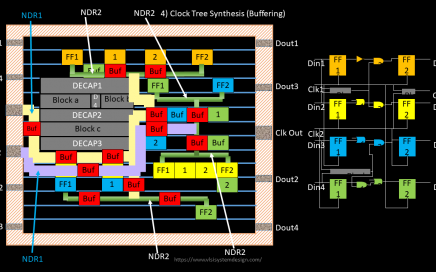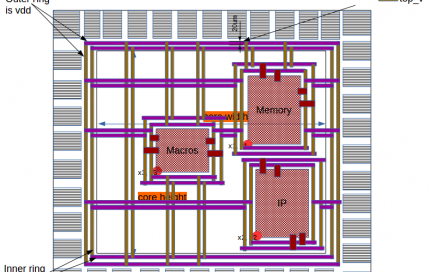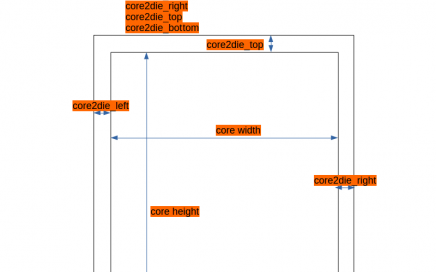I wanna talk to hardware…I need Embedded Software Engineer
Hey There, It’s time – We are looking to talk to our hardware, and we need you in Bangalore (2-3 or 4-6 yrs work ex) […]
Hey There, It’s time – We are looking to talk to our hardware, and we need you in Bangalore (2-3 or 4-6 yrs work ex) […]

Hey There – Think about it…!! Problem Statement – For hierarchical designs ~500k instance count, participants are expected to develop code which will modify existing […]

Hey There – Think about it!! Today’s version of open-source EDA tools, work very well for hierarchical designs sub-25k instance count. For hierarchical designs ~500k […]

Hey There, Our team worked really hard to get Robot + MP3 player using India’s First Indegenious 32-bit RISC-V Microprocessor “Shakti E-Class”…This one is Shakti […]

Hey There – Think about it!!! Today’s version of open-source EDA tools, work very well for hierarchical designs sub-25k instance count. For hierarchical designs ~500k […]

With learning being online, SHAKTI core and ‘vsdflow’ being opensource, this is first-time in the history of VLSI design & EDA (thanks to RISC-V ecosystem and Shakti Team at IITM lead by Prof. Kamakoti), a chip will ever be taped-out using all open source flow, which will cater to almost 80% Indian Semiconductor Market.

It wasn’t that bigger deal for Intel because they thought, at the time, it will be 250,000 chips will be sold for 5 years, which isn’t that many. But they were wrong. It was a 100Million computers were sold. And suddenly 8086 from being an emergency back-up was an over-night success and had a very bright future, because it was binary compatible of PC software, and so had great opportunity
Isn’t that an inspiring story?